International Steel Prices
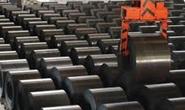
World vs. Domestic HRC Price Spread Shrinks
Written by Brett Linton
December 30, 2014
The spread between world hot rolled export pricing and that of the domestic average here in the United States is shrinking based on our recent analysis.
The following is a calculation used by Steel Market Update in order to analyze the spread between world hot rolled export prices and domestic (USA) hot rolled prices. SMU compares the world hot rolled export price using a range of adders for freight, handling, trader margin, etc. This is then compared to the spot (FOB Mill) domestic hot rolled price using the SMU Hot Rolled Index average for this week with the result being the spread between domestic and world HRC pricing.
The world export price for hot rolled bands is at $455 per net ton ($502 per metric ton) FOB the port of export according to data released by SteelBenchmarker on Monday of this past week. This is down $2 per ton from the price released two weeks prior to last week and down $9 per ton from late-November.
SMU uses a minimum of $70 to as much as $100 per ton which is then added to the export number in order to get the steel to ports in the United States (freight, handling, and trader margin). This additional cost more closely mirrors the “true” world HR export price ranging from $525 to $555 per ton CIF USA Port.
The latest Steel Market Update hot rolled price average is $600 per ton for domestic steel; this is down $15 from two weeks ago and down $30 per ton from late-November. The theoretical spread between the world HR export price and the SMU HR price is $45 to $75 per ton ($145 prior to import costs), down $13 per ton from three weeks ago and down $21 from late-November.
The $45 to $75 spread is the lowest seen since late-March 2014 when we had a spread of $31 to $61 per ton ($131 prior to import costs). Over the summer we reached a spread of $84 to $114 per ton ($184 prior to import costs) in mid-May. One year ago the spread was $57 to $87 per ton ($157 prior to import costs).
Freight is an important part of the final determination as to whether to import foreign steel or buy from a domestic mill supplier. Domestic prices are referenced as FOB the producing mill while foreign prices are FOB the Port (Houston, NOLA, Savannah, Los Angeles, Camden, etc.). Inland freight from either a domestic mill or from the port can dramatically impact the competitiveness of both domestic and foreign steel.
Below is an interactive graph which you can use to compare world HR export prices against the SMU domestic HR average price. We also have included a comparison with freight and traders’ costs added which gives you a better indication of the true price spread. You will need to read this article on our website in order to see and interact with the graphic. If you need assistance with either logging in or navigating the website, please contact our office at 800-432-3475 or info@SteelMarketUpdate.com.
{amchart id=”130″ Domestic vs. Foreign Hot Rolled Pricing- Steel Benchmarker World China Europe Prices}

Brett Linton
Read more from Brett LintonLatest in International Steel Prices
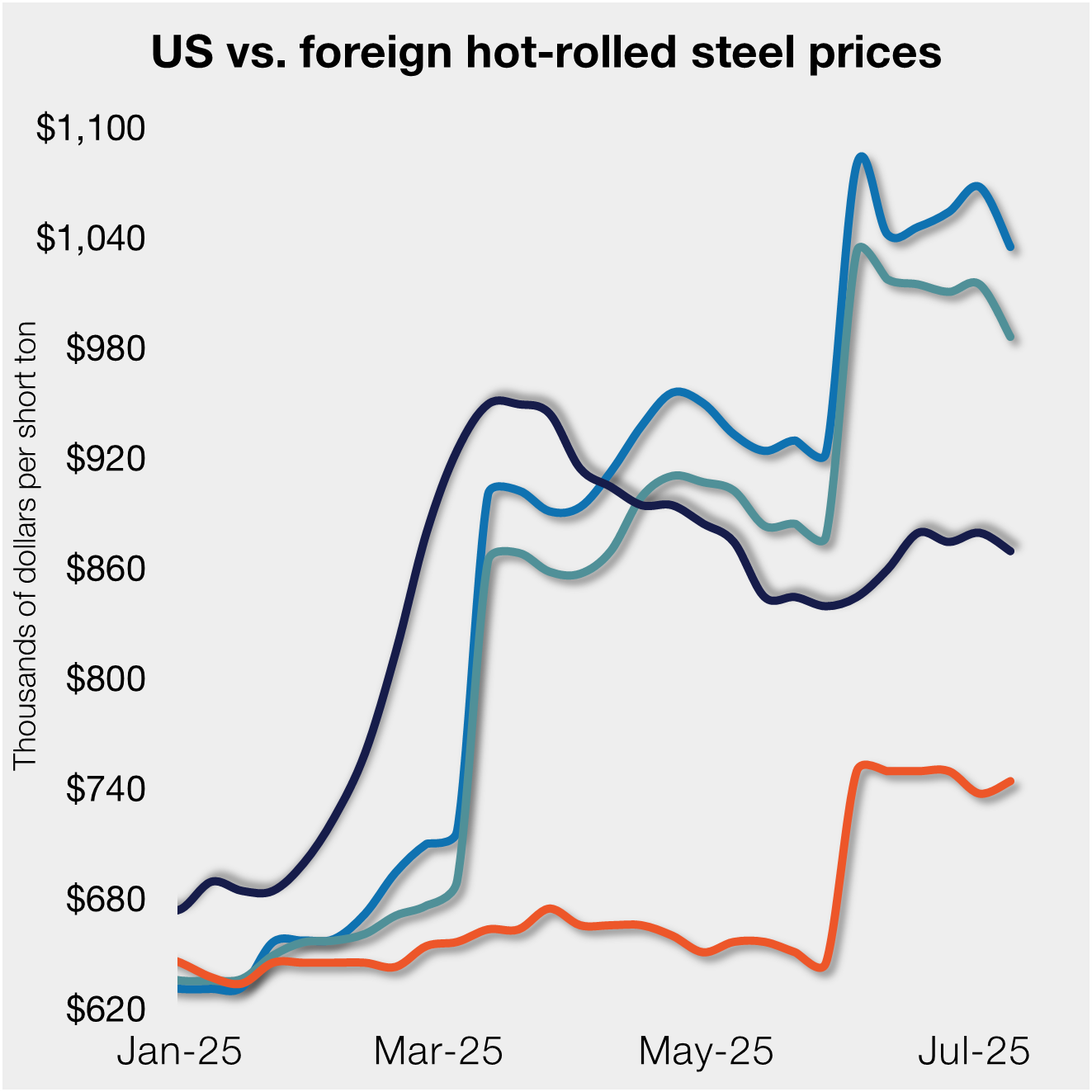
S232 tariffs keep US HR prices below imports from EU
Hot-rolled (HR) coil prices in the US ticked down this week but have fluctuated little over the past month. Stateside tags continue to trail imports from Europe, supported by Section 232 steel tariffs that were doubled in early June.
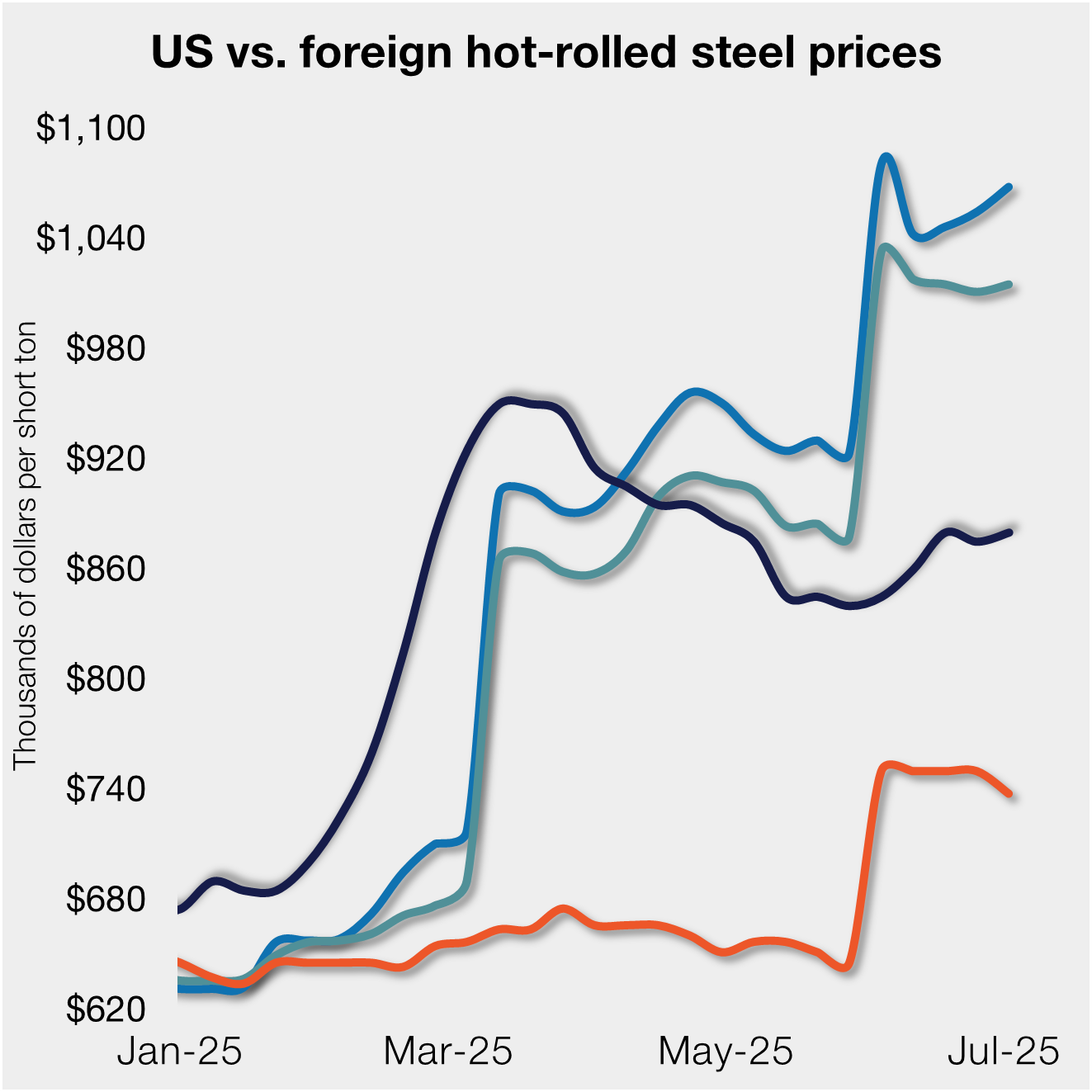
Doubled S232 tariff holds US HR prices below EU
David Schollaert presents this week's analysis of hot-rolled coil prices, foreign vs. domestic.
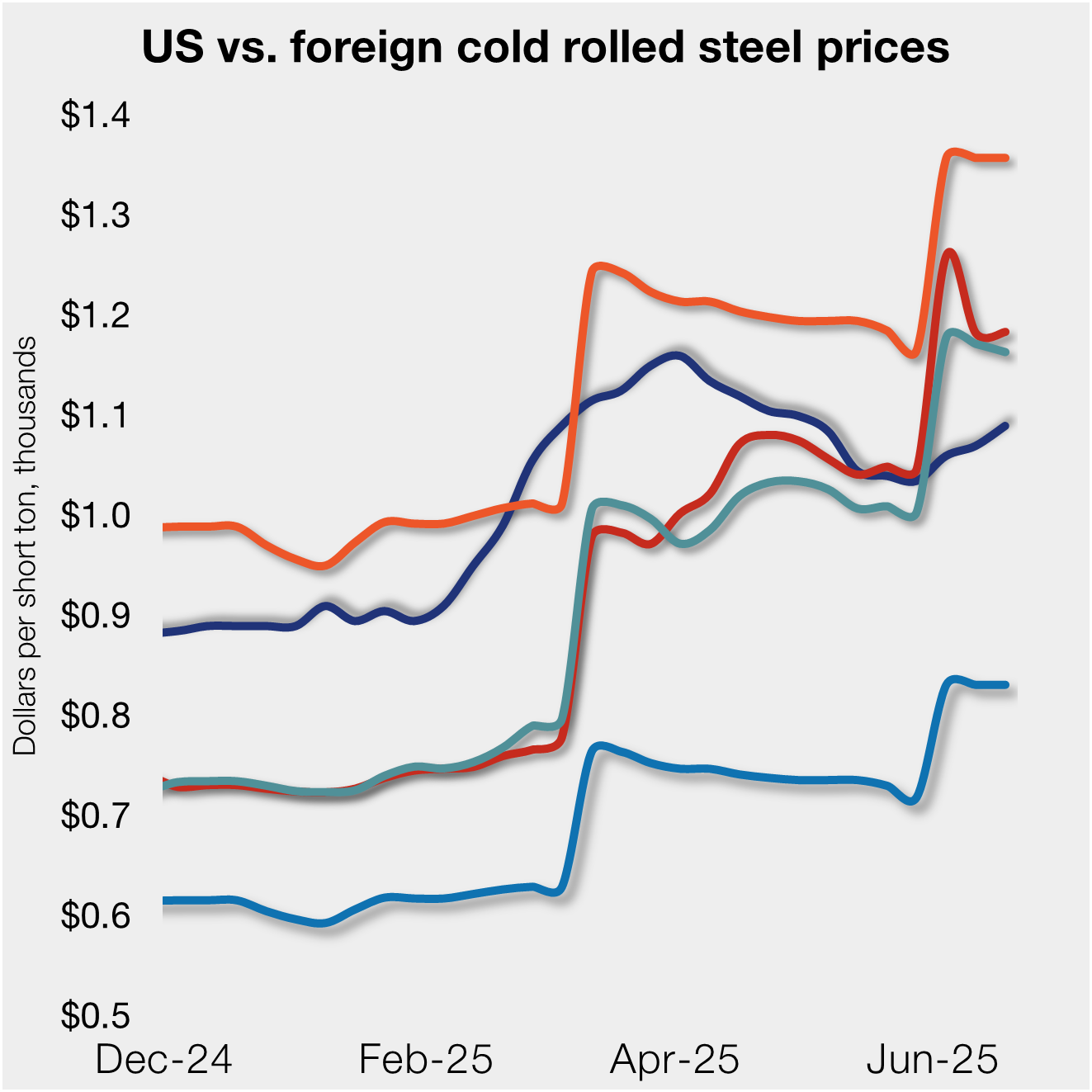
Higher US CR prices inch closer to EU, Japanese tags
US cold-rolled (CR) coil prices continued to tick higher this week, while offshore markets were mixed.
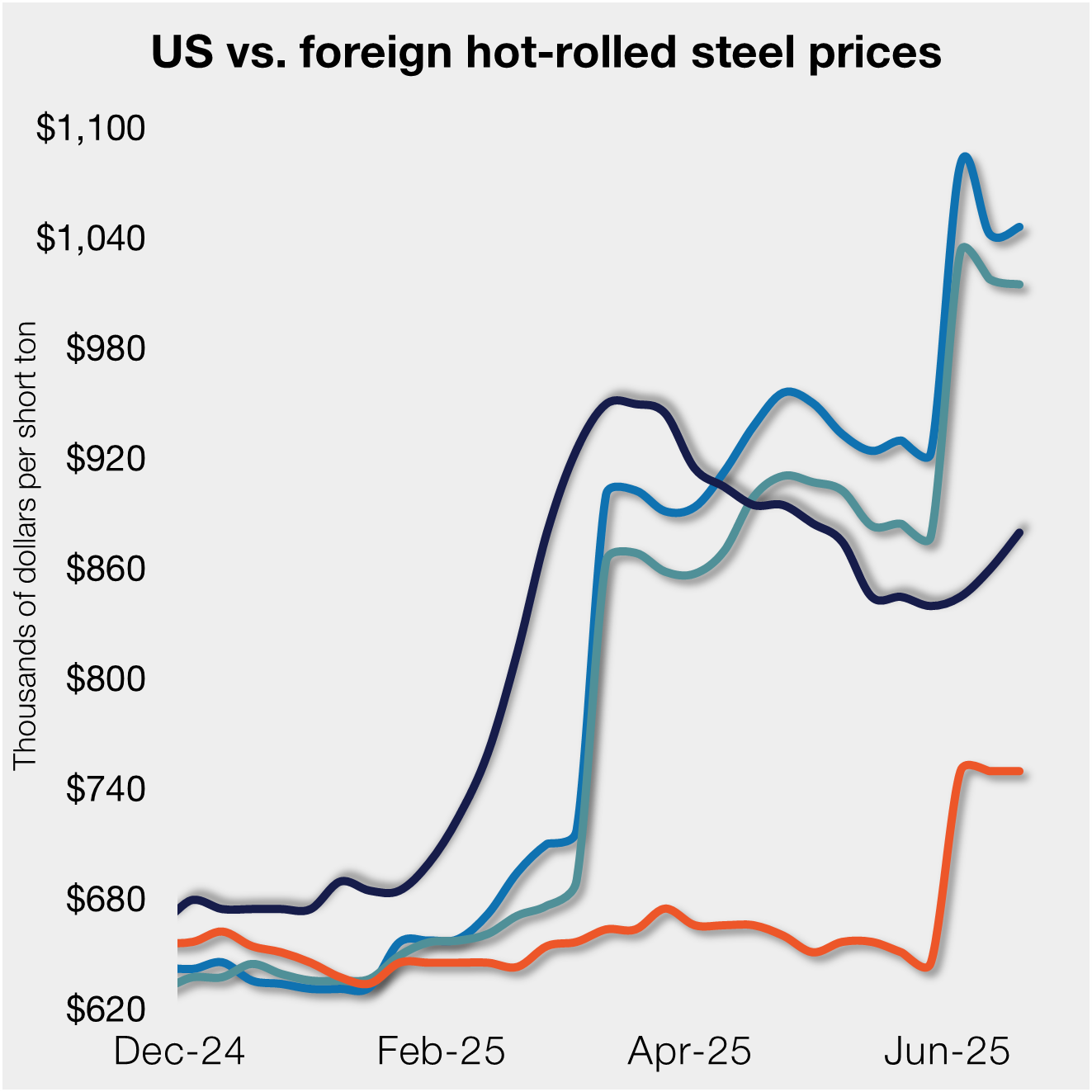
Stacked S232 keeps US HR prices below EU
US hot-rolled coil prices crept up again this week but still trail imports from Europe.
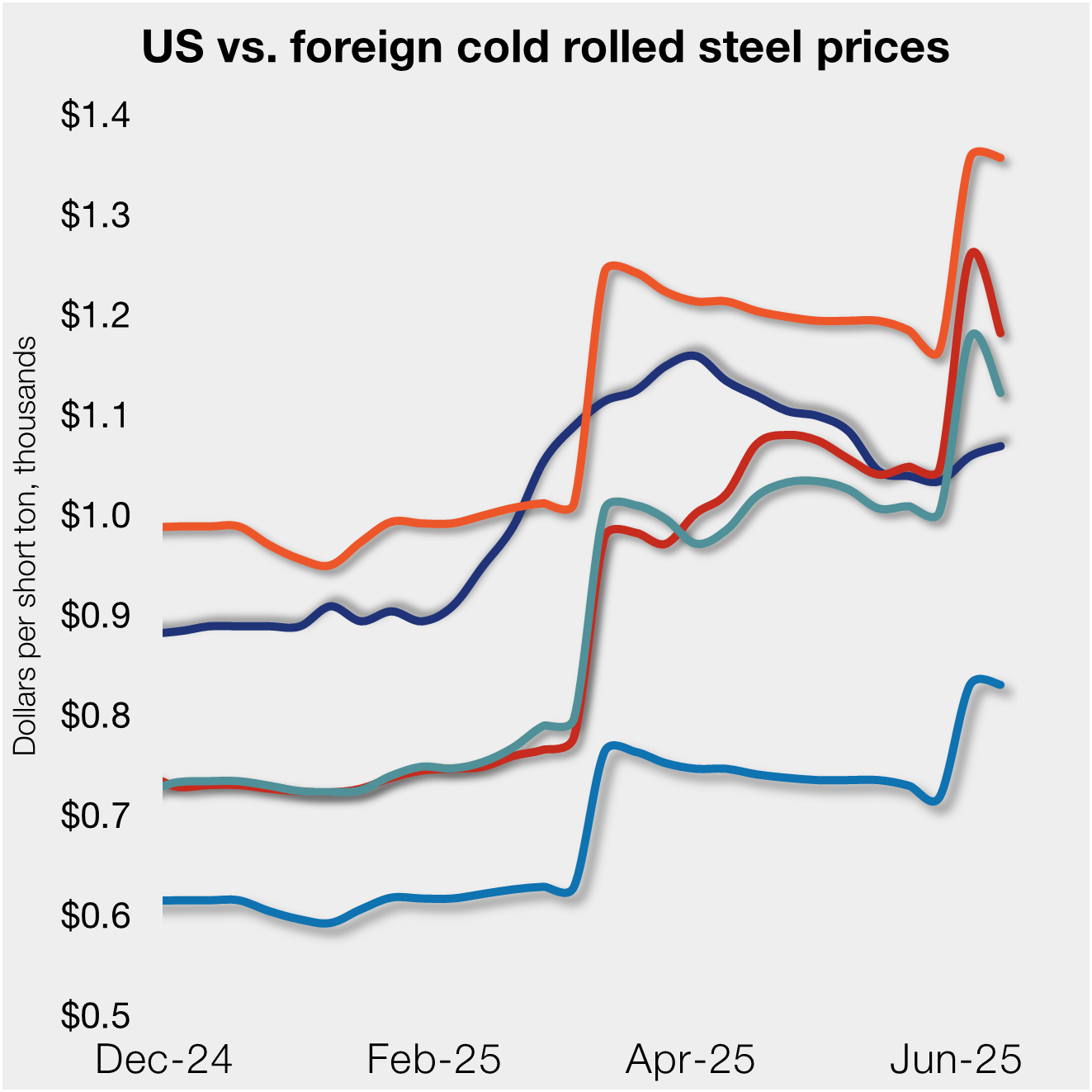
Doubled S232 lifts EU, Japanese CR prices over US tags
US cold-rolled (CR) coil prices edged up again this week, and most offshore markets moved in the opposite direction. But the diverging price moves stateside vs. abroad did little to impact pricing trends. The bigger impact was from Section 232, which were doubled to 50% as of June 3. The higher tariffs have resulted in […]
